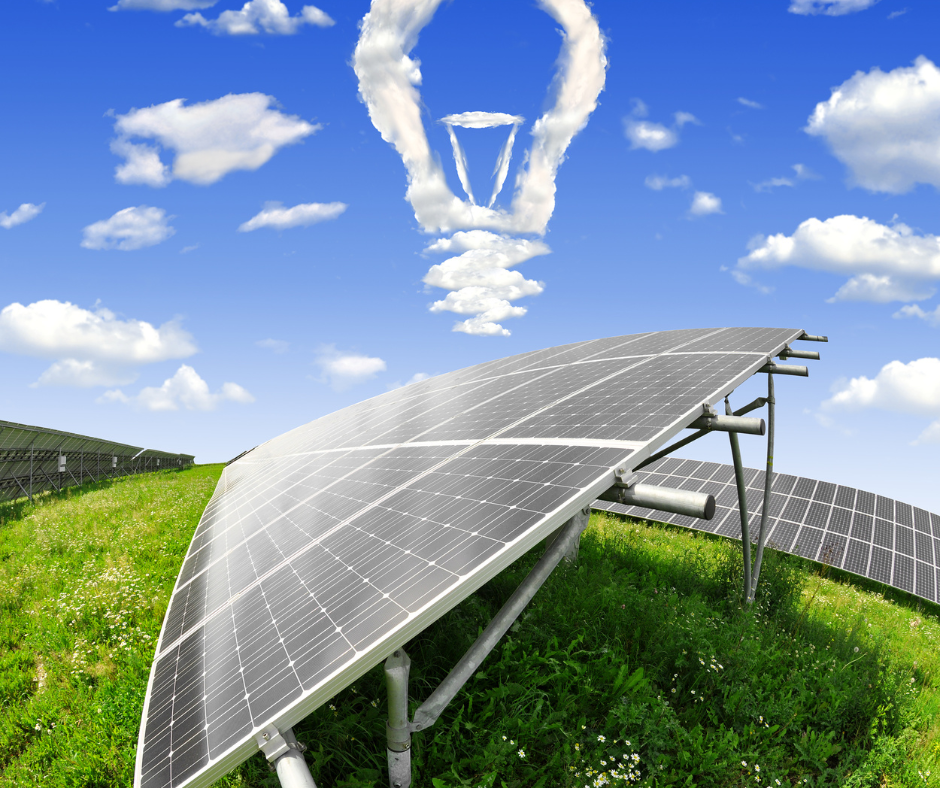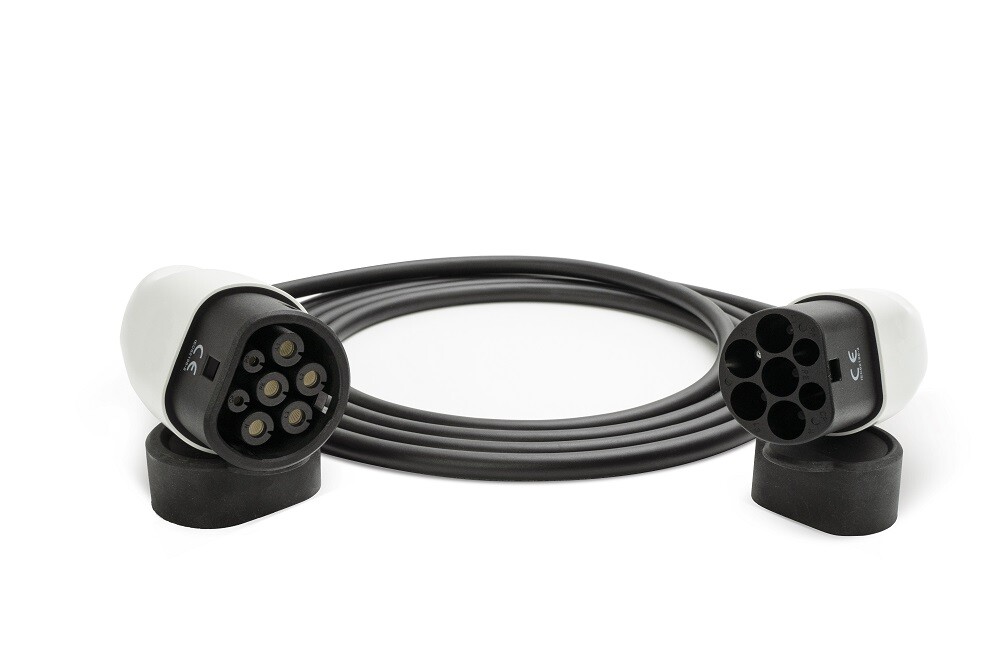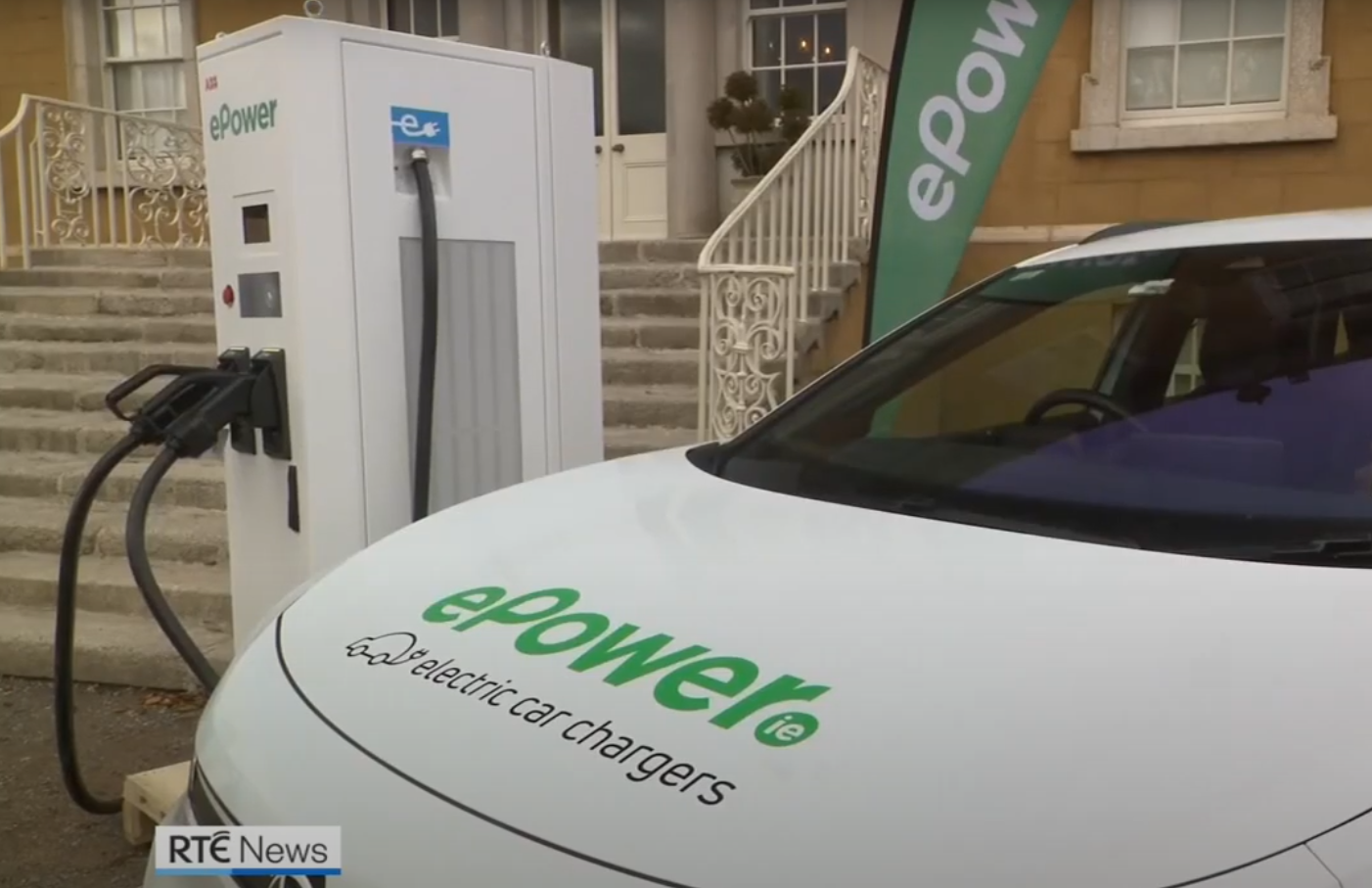The electric vehicle parked outside your home. The solar panels soaking up the afternoon light on your roof. The discreet wall-mounted charger that keeps your car powered overnight. All modern symbols of Ireland’s accelerating transition to a cleaner, more self-sufficient energy future.
But what if that future is about to get swept up in a global power play?
Over the past year, a simmering trade dispute between the United States and China has come to a rolling boil—particularly around green technology. In a sweeping move, the US has imposed a 134% tariff on Chinese electric vehicles, along with steep duties on Chinese solar panels, batteries, and other key components in the clean energy supply chain. It’s a clear message: protect domestic industry, even if it slows down the climate transition.
For Europe, and Ireland in particular, the ripple effects could be profound.
The Market That Turned Its Back – and the One That Opened Its Doors
With the US market effectively closed to China’s green tech giants, Europe is now firmly in their crosshairs. Ireland, as a small but fast-growing EV and solar market within the EU, could find itself in a privileged, if precarious, position.
Already, we are seeing the signs. Chinese automakers like BYD and MG are expanding their presence in European markets, including Ireland, offering fully electric vehicles at prices that undercut many Western rivals. Meanwhile, Chinese solar manufacturers such as Jinko, Trina Solar, and Longi—who supplied over 80% of Ireland’s imported solar panels last year—are stepping up their European focus.
For Irish consumers, the immediate outcome could be beneficial: more competition, better pricing, and greater availability of the very technologies we need to reduce our emissions and lower our energy bills.
But will it last?
The European Dilemma: Follow the US or Forge Its Own Path?
Europe finds itself in a bind. While welcoming more affordable Chinese solar panels and EVs has helped drive adoption, the European Commission is also under pressure to investigate China’s state subsidies—and possibly take action. The concern is that Chinese manufacturers, buoyed by government support, are pricing products well below market value to flood and dominate foreign markets.
Should the EU follow the US in imposing tariffs, the consequences for Ireland would be immediate.
- The cost of solar panel installations could increase by 10–30%, according to industry estimates.
- The availability of EV chargers, many of which include Chinese components, could tighten.
- Public infrastructure projects, already delayed in places, could face further setbacks as procurement becomes more difficult and expensive.
At the same time, we’re also dealing with domestic policy shifts. The SEAI solar grant was reduced to €1,800 as of January 2025—a timely reminder that incentives won’t stay generous forever. Likewise, the SEAI EV home charger grant sits at €300, and though still a help, it doesn’t go as far as it once did in the face of rising hardware costs.
Ireland’s Strength: Agility in a Small Package
Still, there is reason to believe that Ireland could navigate this moment to its advantage. As a small, open economy, Ireland is often more agile than larger EU neighbours. We can act faster to adopt new tech, approve suppliers, and deploy infrastructure without the political gridlock seen elsewhere.
With no major domestic EV or solar manufacturing to protect, Ireland is not caught in the same industrial tug-of-war that Germany or France might face. If the EU holds off on tariffs, or takes a more targeted approach, Irish consumers could continue to benefit from a flood of competitively priced green tech.
That said, we are not immune. Our over-reliance on imports makes us vulnerable. Should the EU impose restrictions, Ireland could feel the pinch sooner and more sharply than larger markets. The lack of domestic alternatives means we have few buffers.
Advice for the Consumer: Timing is Everything
So what does this mean for the average Irish homeowner or EV driver? In simple terms: act now.
If you’re considering installing solar panels, doing it before further EU tariff action is likely the financially prudent move. The cost of fitting a 4kW solar PV system, already up from 2023, could rise again if import levies are introduced.
Similarly, if you’re in the market for an EV home charger, or planning to switch to an electric vehicle in the coming year, now may be the best time to make your move.
Those who already have solar installations should consider adding battery storage—like the Tesla Powerwall or other smart storage systems—before prices and availability shift.




